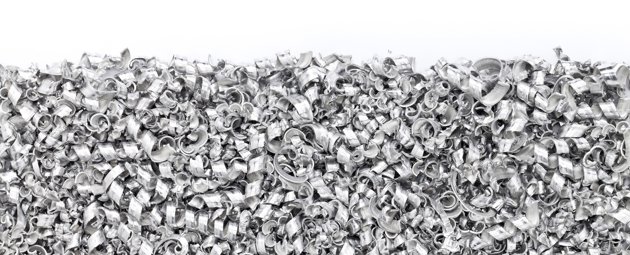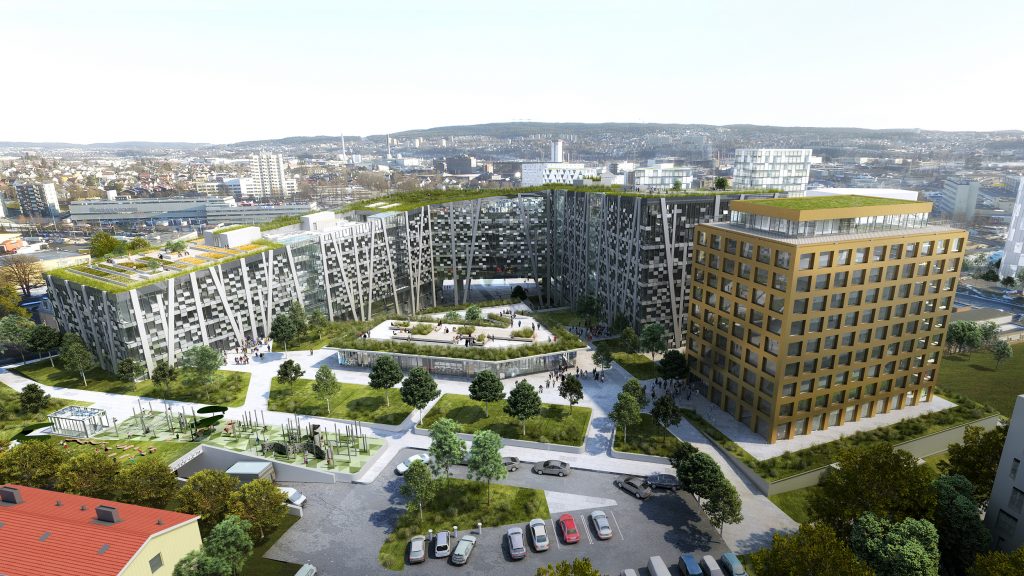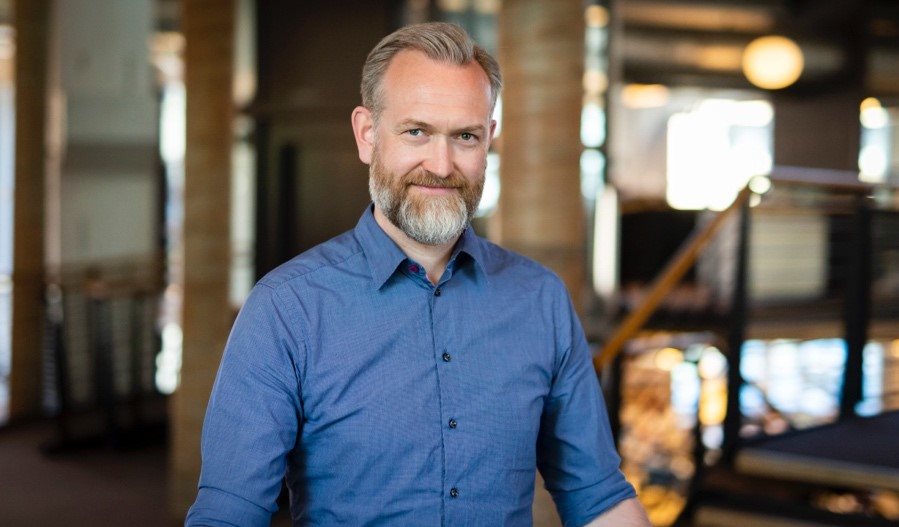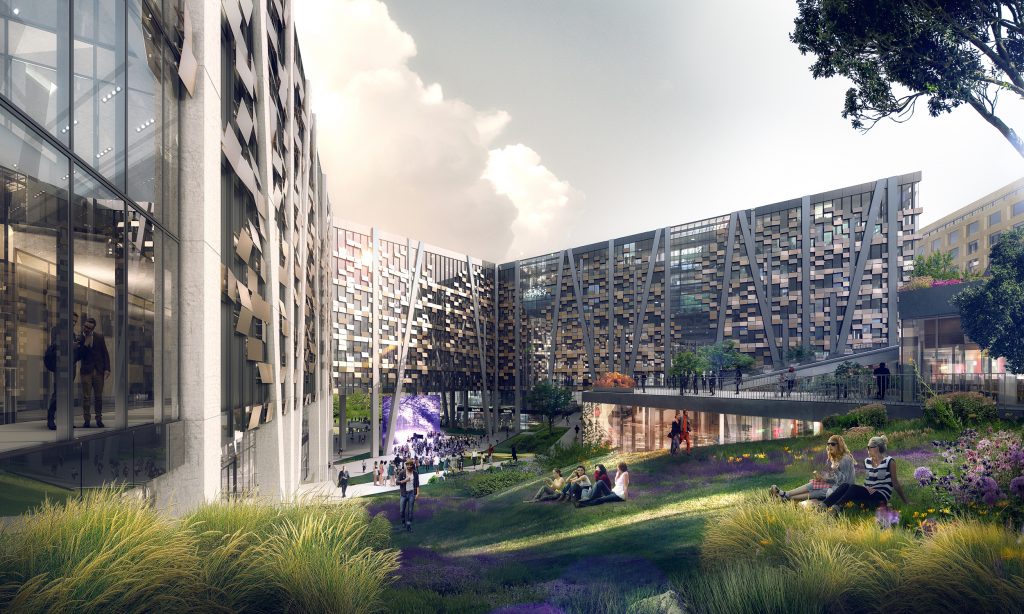It is no longer enough to build energy-efficiently. We need to work hard to minimize emissions from the construction materials we use, including those that are generated when buildings are demolished. The construction sector has made great strides when it comes to building more efficiently in order to lower the energy consumption of buildings themselves. However, we still need to cut down on emissions associated with construction materials.
“There is significant waste associated with construction materials. Buildings are often demolished rather than re-purposed and essentially recyclable materials are used as filler or burned. If we were talking about energy optimization, this would result in a poor rating. The thing is, though, that if you waste material, there’s no way of measuring the wastage. This is happening invisibly,” says Per Klevnäs, partner at Material Economics, a management consultancy firm dealing with sustainability and resource strategy that has researched value-retaining materials systems.
Emissions from Swedish use of aluminium, steel, plastic and cement alone are estimated to account for 13 million tonnes of CO2 per year by 2040, if current production processes and systems for recycling remain unchanged.
“We need to consider what happens to the materials once products and buildings, have served their purpose. We can achieve this by making changes to production and to the way that we use and handle various materials. Doing so would also result in a significant reduction in Sweden’s CO2 emissions,” explains Klevnäs.
Traceability and materials bank
What is special about the construction sector is that there is a long lead time between materials being used and those same materials becoming available for recycling. During these lead times, the materials develop further, making it difficult to know exactly what their composition is and what additives they contain.
A more holistic approach would make it possible to turn buildings into predictable sources of recyclable materials — so-called materials banks.
“In order for this to be possible, there needs to be a high degree of traceability. This would allow a demolition contractor to know in advance what materials streams a building will generate. What we are missing today is a comprehensive system for this, but we’re moving closer to one,” says Klevnäs.
Sweden currently applies a system whereby all materials involved in a building must be documented. If this system is updated continuously, it can serve as a record of materials, which is useful when it is time to demolish the building. The system is pioneering because it contains detailed information about chemical compositions. What remains to be done is to digitalizse the records and establish guidelines to ensure that updates are made continuously during ownership and management.

As beneficial for the economy as it is for the environment
Securing the circular materials system has as many economic benefits as it has environmental benefits. Sweden consumes steel, plastic, aluminium, paper and cement worth SEK 55 billion each year. Only 24 per cent of the material’s original value is retained following one usage cycle. This represents a loss in value of SEK 42 billion each year, according to Material Economics’ research report “Retaining Value in the Swedish Materials System.”
“Consider how much freedom you have when it comes to choosing or applying the circular economy principles to your project. Reuse local materials, cut down on waste in the construction process and build in a way that makes it possible to recycle the materials,” says Klevnäs.

Low-carbon aluminium
In order to preserve greater values in the future, we not only need to recycle more. It must also be possible to repeatedly reuse that which is recycled.
“We can achieve this by making changes to production and to the way that we use and handle various materials,” explains Klevnäs.
The good news is that this is entirely possible.
In response to consumer demand for climate-smart products, Hydro has developed two new aluminium products. One consists of at least 75% recycled materials and the other is produced using hydropower, resulting in CO2 emissions of a maximum of four kilos per kilo of aluminium. The aluminium manufacturer is now experiencing growing demand for CIRCAL 75R and REDUXA 4.0 for use in BREEAM-certified construction projects.
“We want the use of our metal to generate fewer carbon emissions. These new low-carbon certificates mean that we are able to help our clients fulfill their ambitious climate strategies. Together, we can work toward a future where emissions from the industry as a whole are low,” says Eivind Kallevik, Hydro’s executive vice president responsible for the Primary Metal business.
At Hydro, we believe passionately in a sustainable future. In this article series, we will be talking to industry leaders and professionals and exploring the topic of “a sustainable construction sector”. Here we discuss how we can create a future for building and construction through technical innovation.






